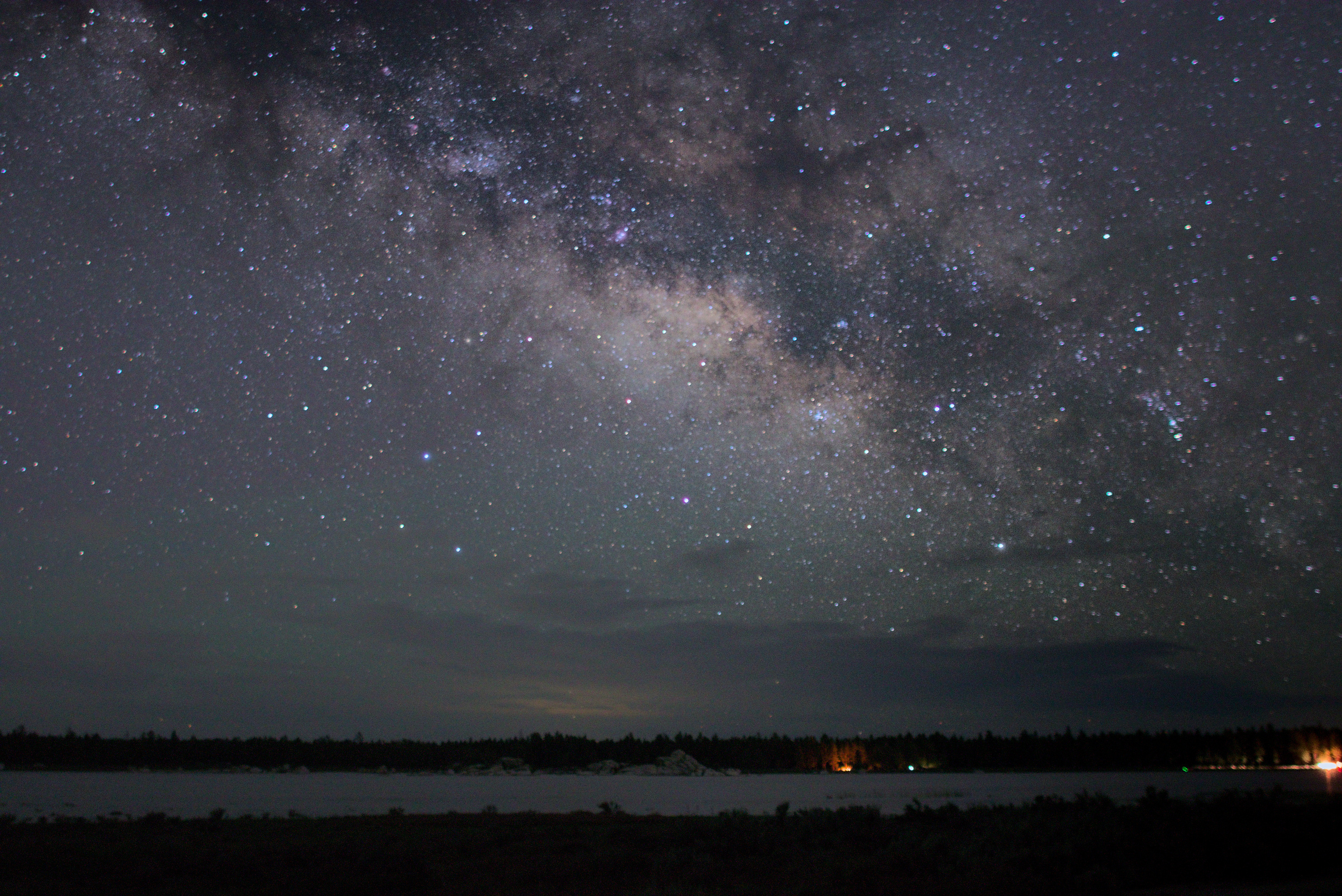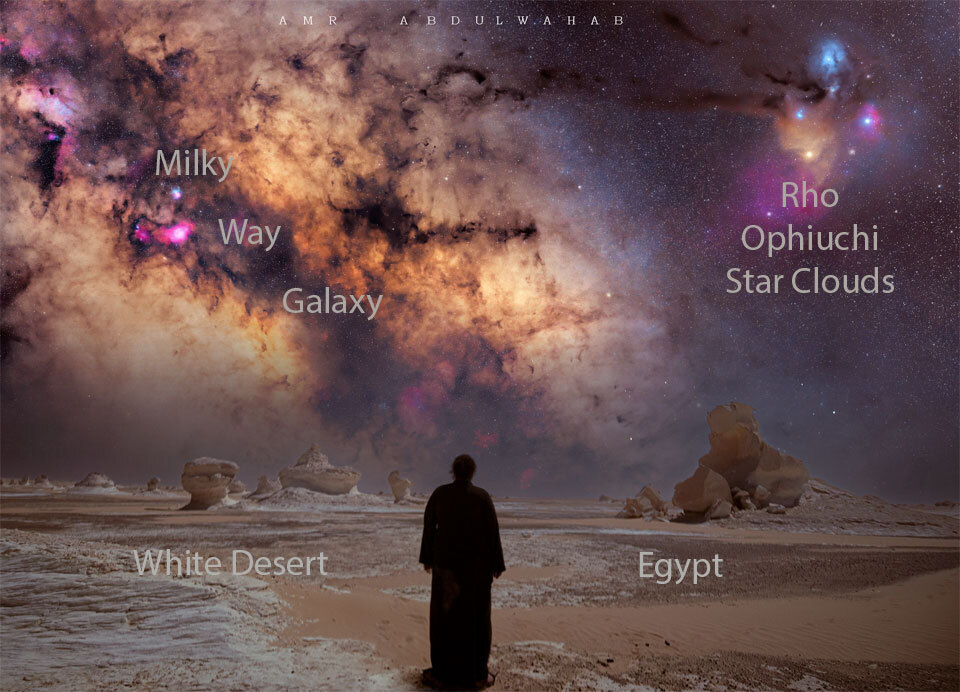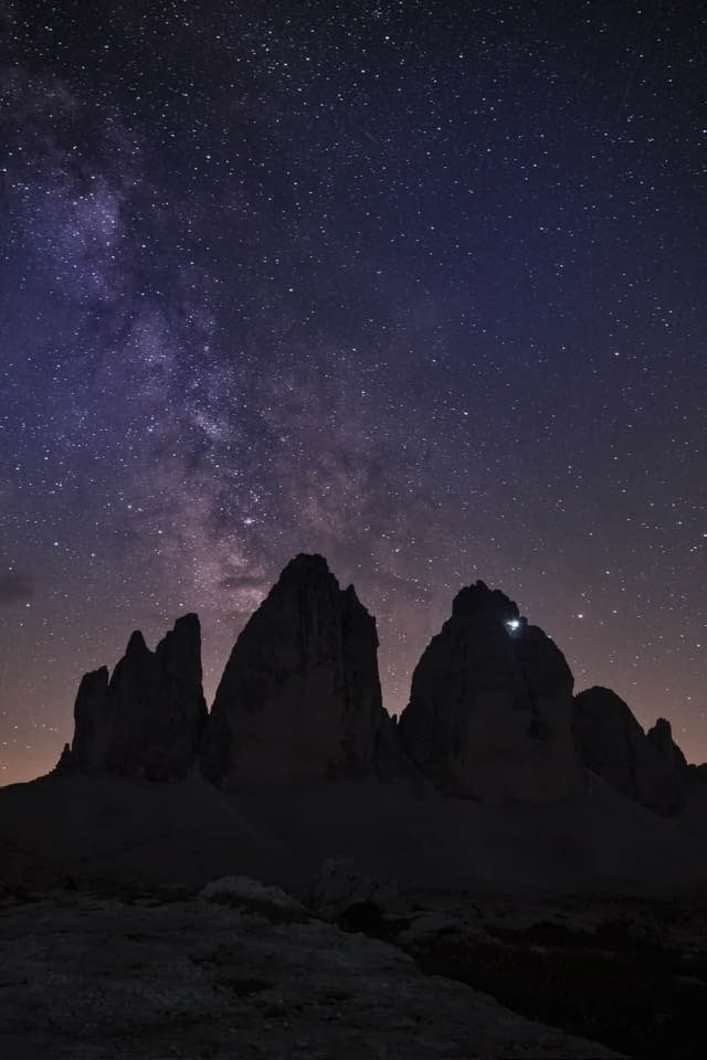#milkyway
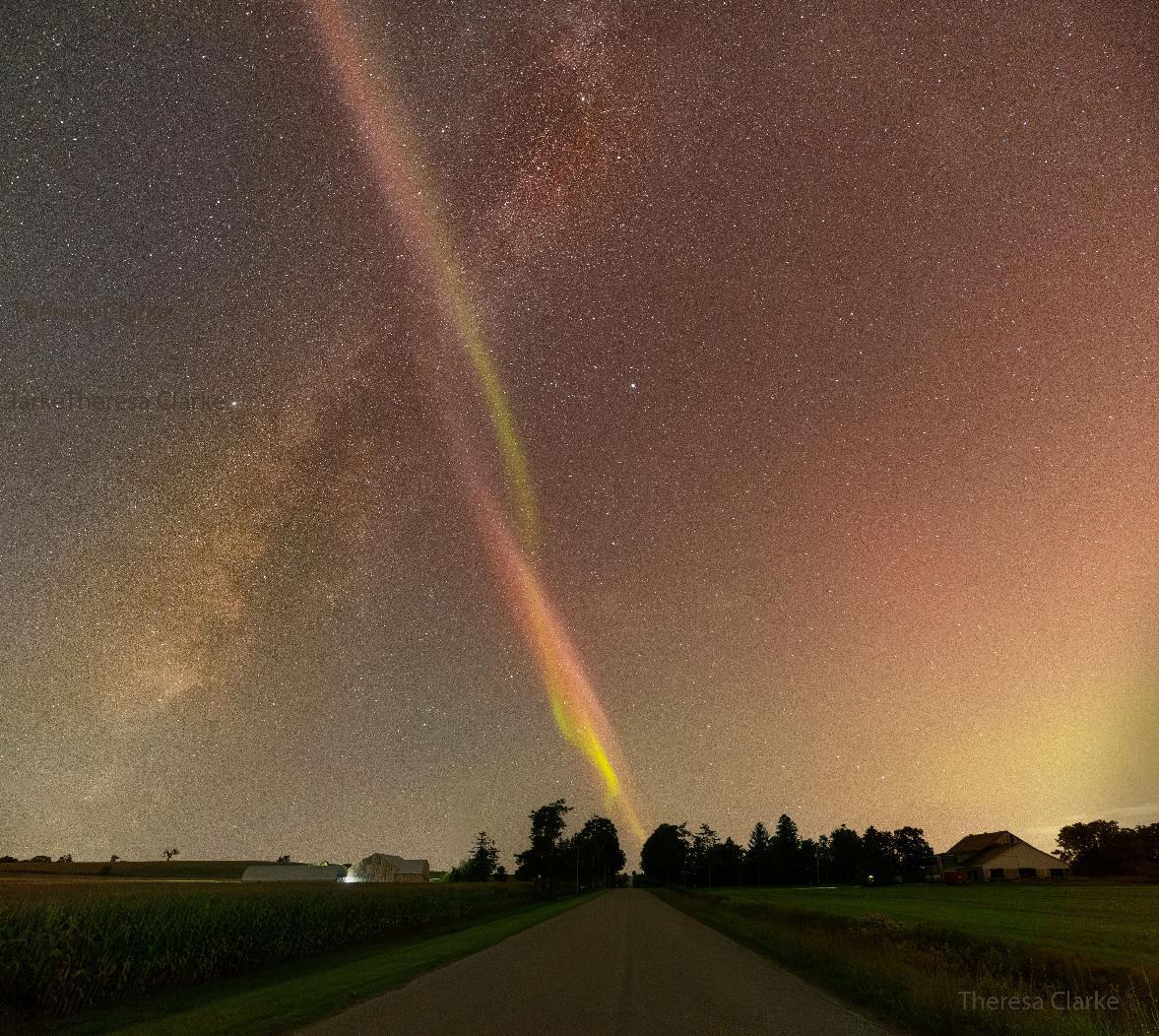
#STEVE and #MilkyWay Cross over Rural Road
#Astronomy #Picture of the Day
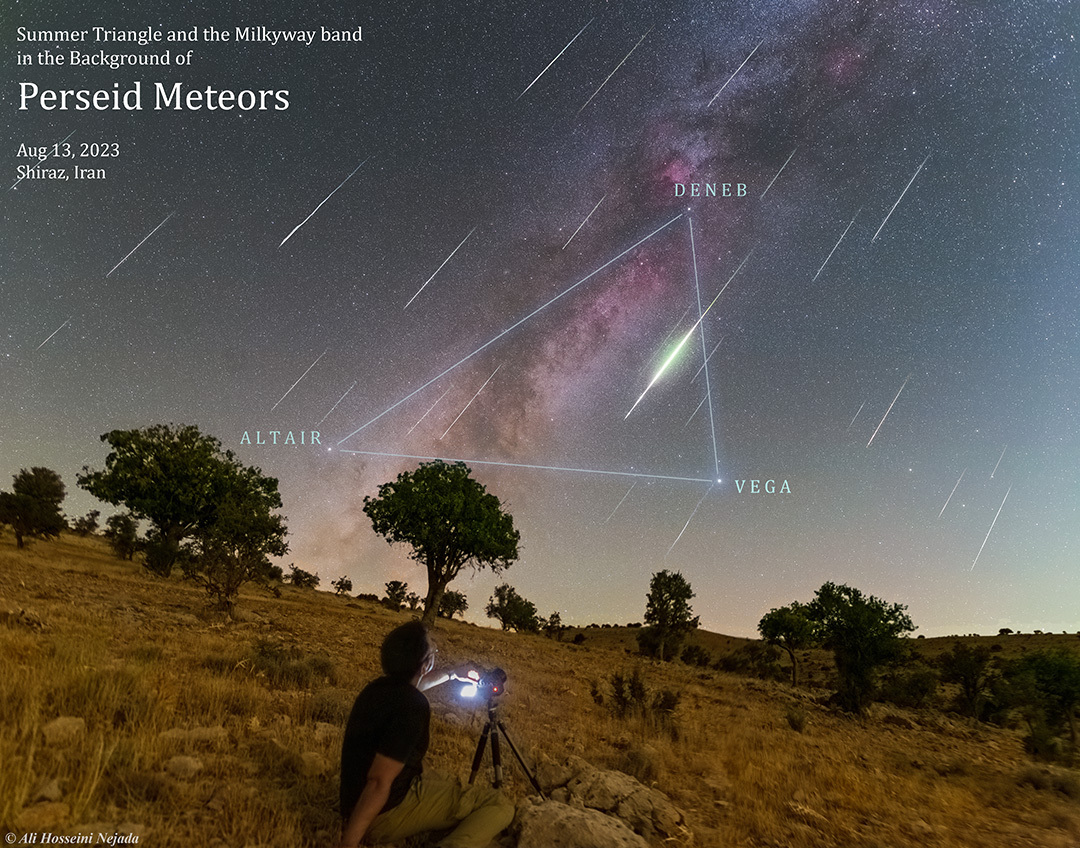
#Meteors along the #MilkyWay
#Astronomy #Picture of the Day

La Voie Lactée avec deux étoiles filantes, depuis Saint-Clément (Ardèche), mercredi 8 août. (Adrien Fillon/Hans Lucas.AFP)
#astronomie #astronomy #ciel #sky #voielactée #milkyway #nuit #night
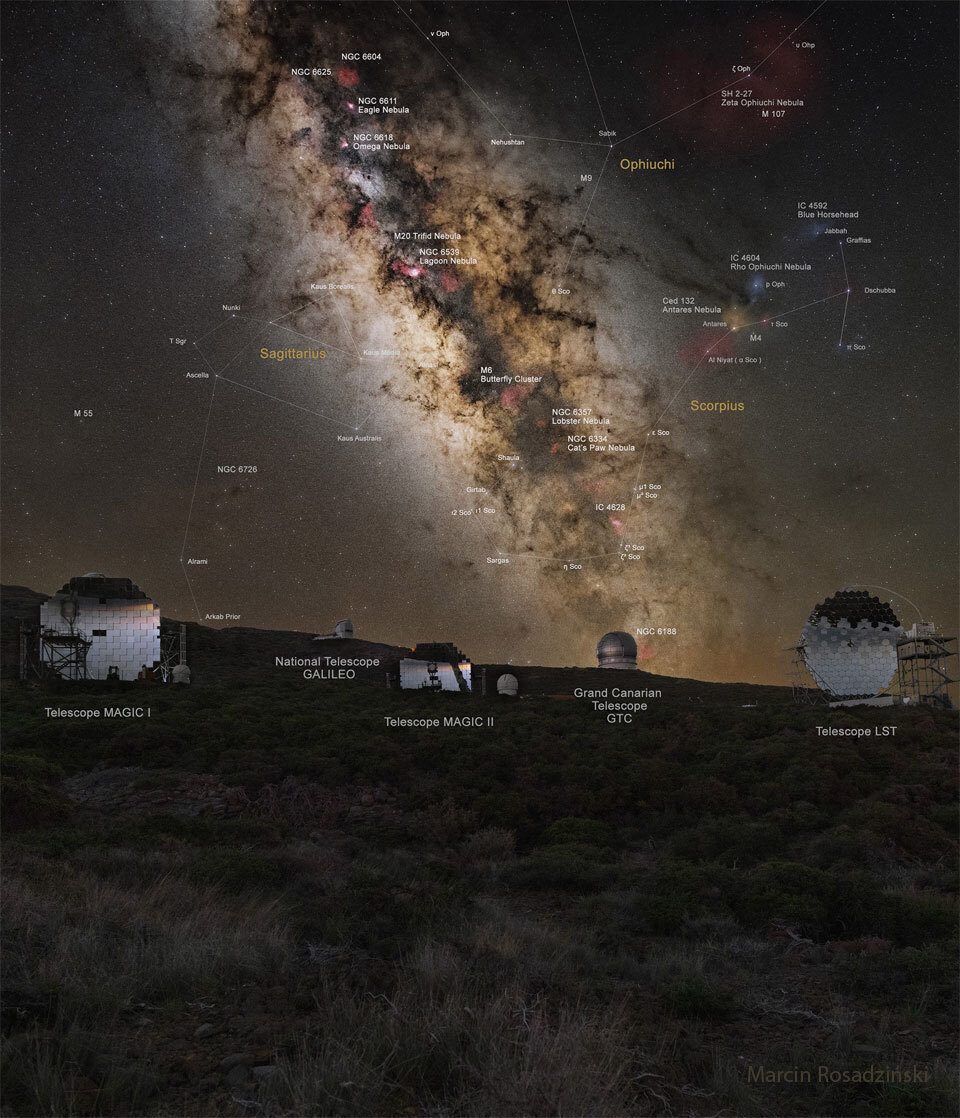
#MilkyWay above #LaPalma #Observatory
#Astronomy #Picture of the Day
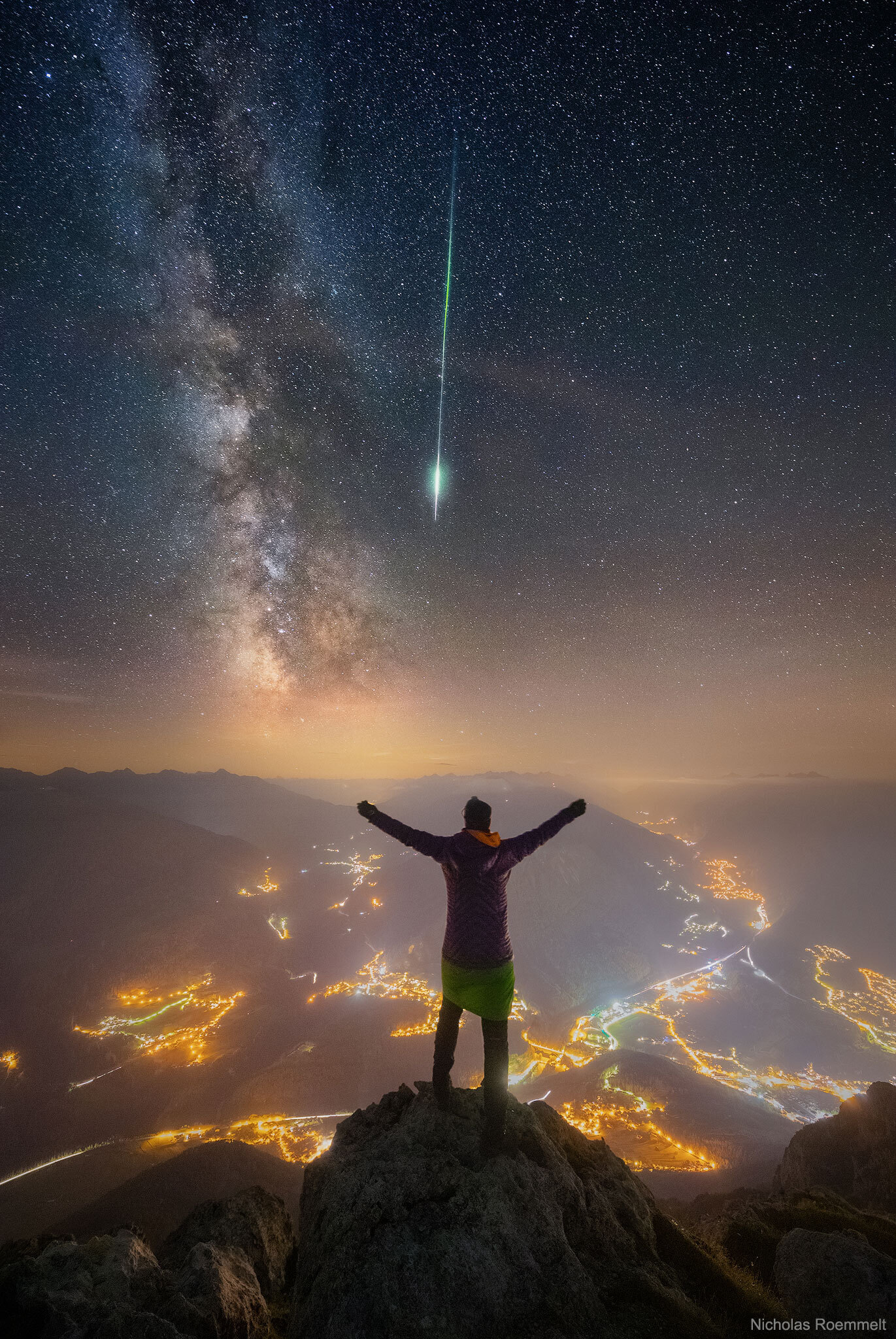
#Meteor and #MilkyWay over the #Alps
#Astronomy #Picture of the Day

#MilkyWay and #Aurora over #Antarctica
#Astronomy #Picture of the Day

#MilkyWay over a Turquoise Wonderland
#Astronomy #Picture of the Day
 Image composite rassemblant les parties visibles dans le ciel boréal et austral de la Voie lactée. Crédit : Alvin Wu, APOD [+]
Image composite rassemblant les parties visibles dans le ciel boréal et austral de la Voie lactée. Crédit : Alvin Wu, APOD [+]
ESA’s Million-Year Time Machine
Imagine that we could take control of #time and run it backwards and forwards to see #how the #MilkyWay evolved in the #past and how it will do so in the #future. Well, that’s what the ESA Gaia space observatory does by mapping almost every visible star in the Milky Way. This is how one small satellite is giving us an insight into the past and the future.
Published 15th March 2023 (11:37)
Source: https://youtube.com/watch?v=P2QfsqcyNqI
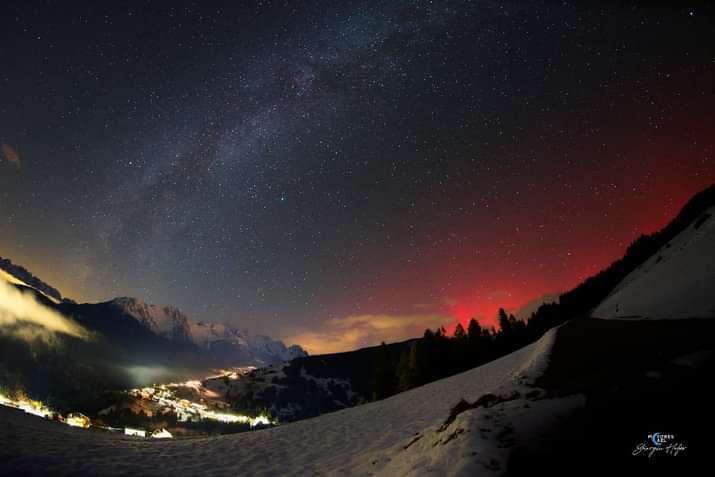



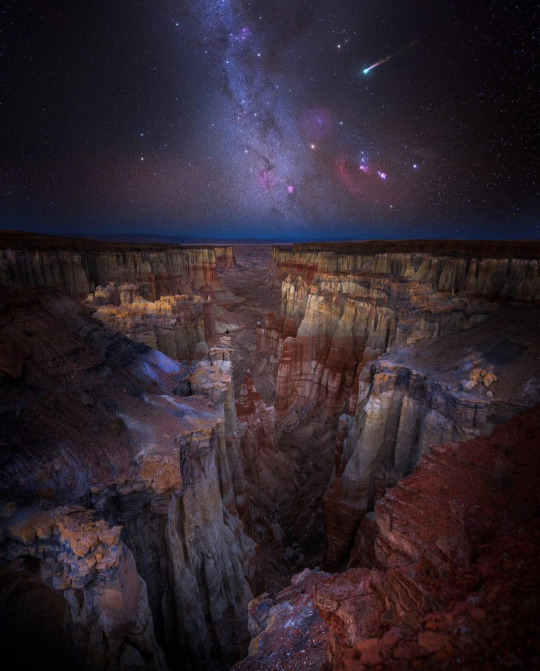


:quality(70):focal(2615x1275:2625x1285)/cloudfront-eu-central-1.images.arcpublishing.com/liberation/2WPKOYKOWZF3TCVBTMNU2Y5PSA.jpg)
